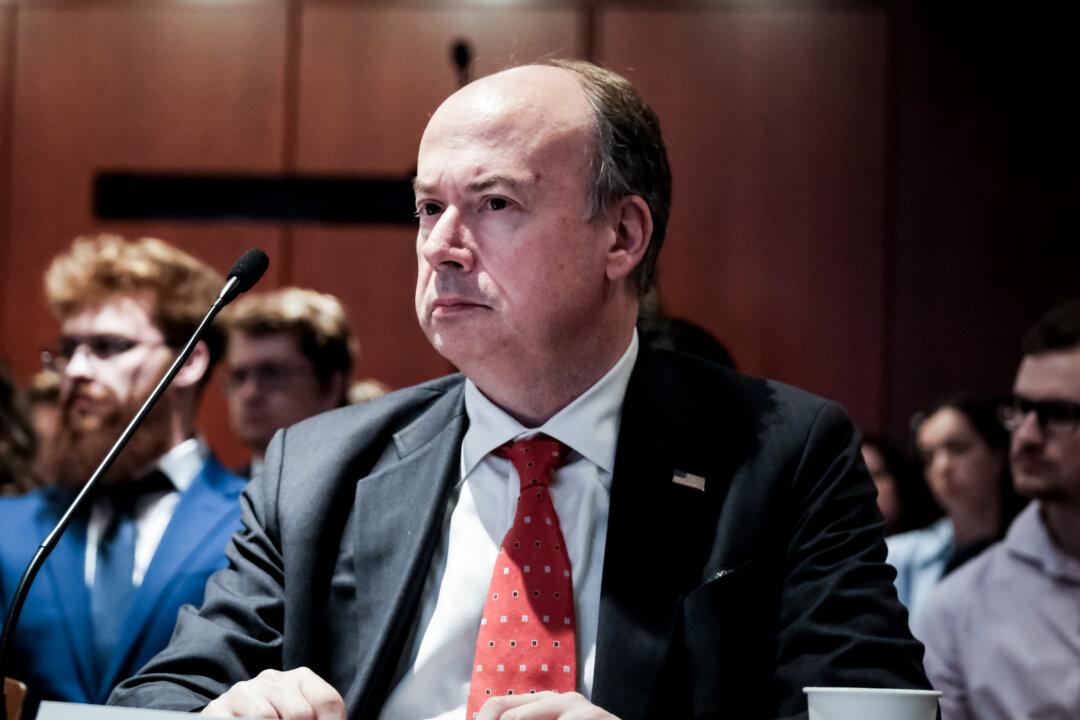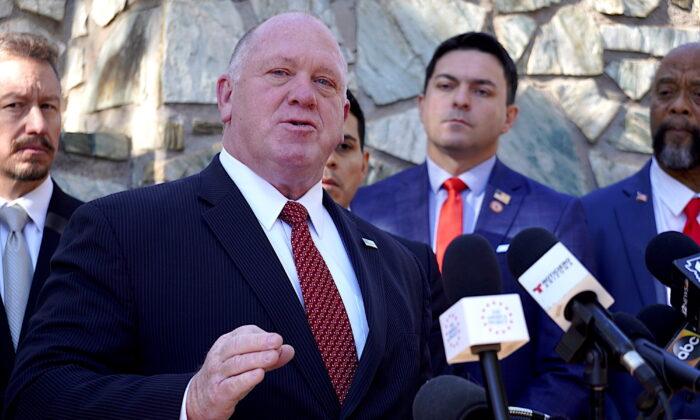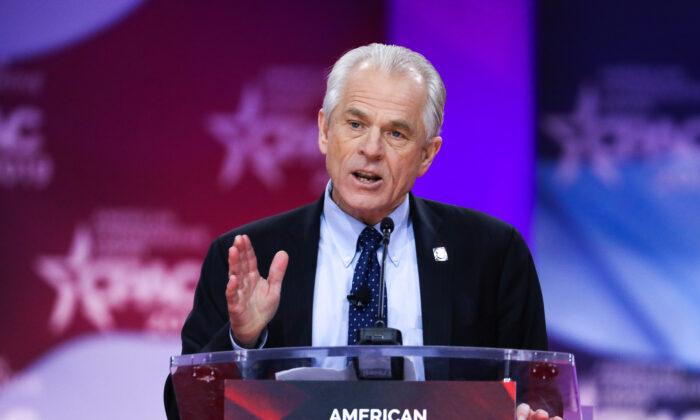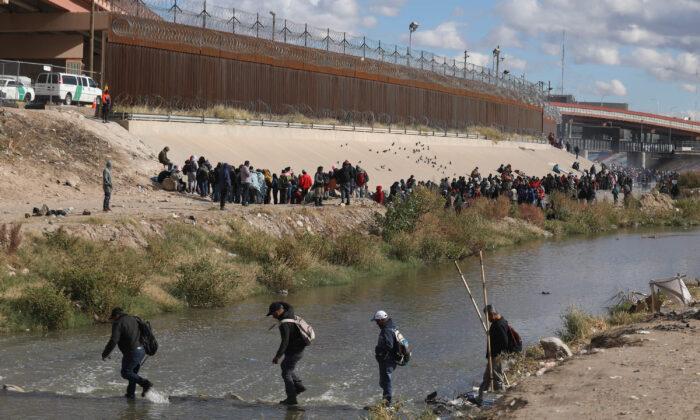Washington and New Delhi are deepening their relationship, as both countries face growing threats posed by an increasingly assertive Beijing.
U.S. Secretary of State Antony Blinken met with Indian External Affairs Minister Dr. S. Jaishankar and Prime Minister Narendra Modi in New Delhi on July 28 to discuss “Indo-Pacific engagement, shared regional security interests, [and] shared democratic values.”
While the officials didn’t explicitly identify Beijing, the Chinese regime loomed large as the two sides emphasized a commitment to working together on issues from defense to COVID-19 vaccine distribution.
“I welcome President Biden’s strong commitment to strengthen the India–U.S. Strategic Partnership, which is anchored in our shared democratic values and is a force for global good,” Modi wrote on Twitter following his meeting with Blinken.
Amrita Jash, a research fellow at Indian think tank Centre for Land Warfare Studies and author of “The Concept of Active Defence in China’s Military Strategy,” said that solidarity against intensifying threats from authoritarian China is a “cause which binds” the United States, India, and other countries in the region and beyond.
Testing India’s Resolve
India and China share a disputed border of more than 2,100 miles, known as the Line of Actual Control (LAC), and China “consistently tries to test India’s resolve and attempts to provoke” at the LAC, Jash said.India and China fought a month-long border war in 1962, and while tension has remained along the LAC since then, it has notably increased in the last several years. A standoff between India and China occurred in 2017 at Doklam—near the intersection of the disputed borders of India, China, and Bhutan—and a deadly skirmish was fought with clubs and other “Stone Age” weapons in June 2020 in the Galwan Valley, along India’s eastern Ladakh region border with China.
The 2017 Doklam standoff began when China attempted to change the status quo near the LAC by extending an existing road into disputed territory also claimed by India’s neighbor and ally, the Kingdom of Bhutan, a landlocked nation in the Himalayas with a population of fewer than 1 million people. Indian troops intervened on Bhutan’s behalf to stop the extension of the road, and after facing off for more than a month, Indian and Chinese troops withdrew to their previous positions.
“India stood tall,” in the Doklam standoff, Jash said.
In June 2020, India–China relations reached a new low when a vicious clash broke out near the LAC in the Galwan Valley, resulting in the deaths of at least 20 Indian soldiers and an unknown number of Chinese soldiers.
India and China had formally agreed that soldiers from both sides aren’t allowed to use firearms in standoffs along the LAC. But during the 2020 skirmish, Chinese soldiers utilized “Stone Age” weapons that they had prepared, including metal batons wrapped in barbed wire and clubs embedded with nails.
“It’s very evident that China is the instigator,” Jash said, noting that the Chinese regime’s use of weapons “has broken all protocols” between India and China along the LAC.
In her book, Jash wrote: “China’s behavioral pattern along the India-China border ... complies with its ‘salami-slicing’ strategy as witnessed in the case of [the] South China Sea, wherein it encroaches and takes control of disputed areas. ... China’s repeated acts of transgression can be attributed to its ‘bit-by-bit’ policy of securing its claims, a way to increasingly test India’s resolve.”
India, however, is standing firm against China’s tests and incursions, Jash said.
‘What Does China Have to Give?’
Jash said that while authoritarian China is attempting to project strength along the India–China border, it’s faced with major internal and external problems that fundamentally threaten the one-party rule of the Chinese Communist Party (CCP).“China is troubled in every quarter—South China Sea, East China Sea, [along the] India–China border,” she said.
The internal problems referenced by Jash include slowing economic growth and widespread resistance to CCP rule in Tibet, Xinjiang, and Hong Kong. The external problems include comprehensive economic and military tensions with liberal democracies around the world, including the United States, India, Japan, and Taiwan, as well as with countries that have fallen prey to ruinous debt through participation in Beijing’s massive infrastructure investment project, the Belt and Road Initiative.
“[China’s] economic growth has slowed down. Its idea of the China model has failed, and the Belt and Road has led to greater debt traps,” Jash said.
“So, where is the inspiration? Now you know the stories of Xinjiang and Tibet, what inspiration can one draw? ‘Freedom’ is the keyword here. That is where the entire China story falls flat. ... The [Chinese] government is trying to legitimize its whole political apparatus under the Communist Party [with] the patriotic education campaign and now [with the] economy, but [for] how long?”
Jash pointed to the totalitarian direction in which Chinese leader Xi Jinping has steered the country as a major factor contributing to its rapidly accumulating problems.
“We have seen it under Mao. Whenever there is one-man domination in China, there are great repercussions to that. Under Mao, we saw the Great Leap Forward lead to the famines [and the] Cultural Revolution,” Jash said. “Now, under Xi Jinping we are seeing ... his amassing of power ... that would automatically lead to greater resistance and resentment.”
The author also described fundamental problems with China’s national character under the CCP. This is illustrated by the regime’s cover-up of the spread of the CCP virus (also known as the novel coronavirus) around the world from the central Chinese city of Wuhan, as well as by a social media post in May by a powerful CCP organ that mocked India’s struggle with a new coronavirus variant.
“That shows China’s own character,” she said. “China aspires to become a superpower. Then you should also have certain characteristics about what you have to offer to the world. ... What did [the United States] give? It gave liberty, the idea of liberalism or liberty.
“China can’t give us liberty, so what does China have to give?”
Citing India’s population size of nearly 1.4 billion people, its regional military presence, and its status as the world’s largest democracy, Jash said that India is a significant obstacle standing in the way of China’s superpower aspirations.
The Quad
Jash said that India’s relations with the United States have “only strengthened over time,” citing the “four foundational agreements” between the United States and India made from 2002 to 2020, relating to the areas of military information protection, military logistics sharing, communications security, and the provision of targeting and navigation information.Another major factor contributing to U.S.–India relations, Jash said, is the Quadrilateral Security Dialogue, or the “Quad,” between the United States, India, Japan, and Australia, which champions democratic values and an “open and free Indo-Pacific” region. She said that in the wake of the COVID-19 pandemic, the Quad “has taken traction like never before” and that there is now “a greater tilt by countries from the UK, Canada, France, Germany, who are slowly giving in to the Indo-Pacific vision.”
Jash contrasted India’s dominant presence on the Indian Ocean with Beijing’s acquisition of the Gwadar Port in Pakistan as part of Belt and Road, as well as China’s 99-year lease of Sri Lanka’s Hambantota Port. The lease was acquired in 2017, when Sri Lanka’s government was unable to service Chinese loans that helped to construct the port, which has resulted in criticism that Beijing is engaging in “debt-trap diplomacy.”
“India is a primary actor in the Indian Ocean,” Jash said, “unlike China, [which] is trying to get into the Indian Ocean.”





